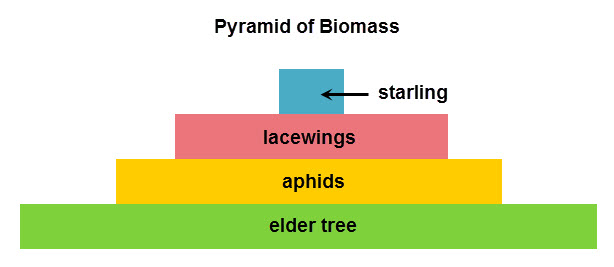Trees leach nutrients when they are alive, but return nutrients to the soil when they die. When trees are cut down, nutrients gets leached but not returned, resulting in infertile soil.
Soil erosion
When trees are removed, soil can be washed away by rain etc as tree roots hold soil together (but there will be no tree roots, as there will be no trees).
Disturbance of the water cycle
Trees take up water, when they are cut down, water runs straight into rivers, causing flooding. also, the local climate gets drier as there is much less transpiration occurring.
Disturbance of the balance of carbon dioxide and oxygen
When trees die, carbon dioxide is naturally released. When they are burnt, all the carbon dioxide is released at once. alternatively, if wood is used in furniture etc, the carbon is stored and not released, disrupting the carbon cycle.
Fewer trees means fewer photosynthesis means less oxygen.




